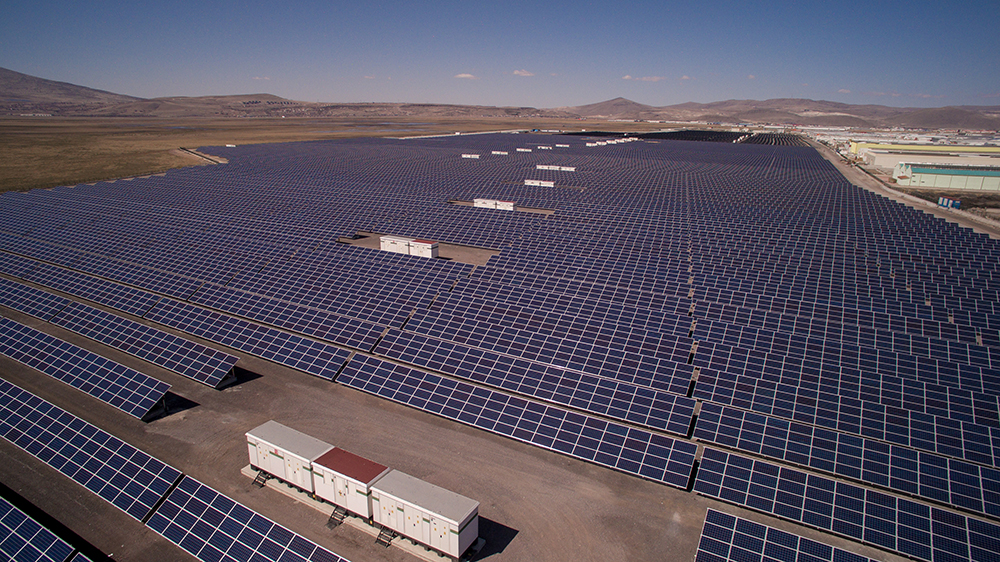Join the discussion at the Quality Roundtable Australia here.
How extensive is the problem of delayed full grid connection, AEMO acceptance in the large scale market segment in Australia at the moment – as you understand it?
Aaron Zadeh: It is quite common that we get involved in discussion with project developers that experiencing delays and lack of support to complete their performance standard study – which shows how deep the delay problems are in Australia. With the delays in completing the grid connection studies and concerns recently raised around the risks at the R2 testing phase and potential financial difficulties due to lack of connection approval, it is crucial to foresee the matter right at the R1 stage.
We believe that the only right way is to use more accurate simulation models that truly represent the inverters in better manner. ABB framework model approach from actual inverter firmware involves no hand-written coding, increasing the reliability of the assessment process, shorter GPS negotiations and de-risking the R2 validation process. This approach will also provide an easy and rapid way to upkeep the models to match the future challenges of the grid operation environment.
What is causing the delays?
The major delay that the utility-scale solar market is currently experiencing is around lack of support on finalising the grid connection studies. This is primarily due to the structure of the models – making the support and tuning process quite time-consuming as it is typically required to do complete model assessment following every firmware change, and delays at R2 phase validation in the case of commissioning results not matching with R1 report.
 How costly can these delays be?
How costly can these delays be?
It depends on the source of delay and how quickly a solution can be found, but it can really cost OEMs, EPCs and developers. But importantly, it also damages to the market reputation and reliability of available solution which may not be easily measured.
How can more sophisticated modelling help avoid these problems? What is the variation from modelled power output and actual output achieved once a plant is commissioned?
Due to the Australian-specific and quite detailed requirements and conventions, a way has been to develop Australian specific PSSE and PSCAD models based on generic PSSE and PSCAD models that are then afterwards matched with each other. There is no real link between the starting point of these models. In practise also the model parametrization is not very close to the behaviour of real hardware.
Sophisticated model approaches start from same root model for all models, PSSE, DigSilent Power Factory, PSCAD, that is verified against real hardware performance in full scale measurements. Also, the sophisticated models represent the inverter performance and parameters 1:1. This means that the parameters used in the simulation can be directly used in real inverters in commissioning phase. No interpretation is needed between simulation model parameters and real hardware parameters. In this manner, the actual inverter and plant performance is as close as possible to the simulated result.
Why is this approach not being deployed as standard at all plants?
This approach needs considerable development work and testing. ABB has been in forefront in modelling power converters and developing simulation models for many grid connected applications and this consistent and long lasting R&D effort is providing its fruits now, exactly right time when the simulation and accurate modelling is becoming more and more important.
Can you say how much effort has ABB been putting into this?
ABB has been putting extensive effort on new model approaches to support with same root model all different simulation programs. ABB has over 40 years experience in power converters and also how they behave. This know how together with ABB testing and simulation capabilities are basis for accurate simulation models.
What is ABB’s large scale inverter pipeline in Australia at present?
Due to nature of the ‘framework approach’, which typically takes longer to develop and finalise the assessment, as well as initial hesitation from the network operator in testing the new approach, it has resulted in narrower opportunities being available to ABB at the renewables rush in 2016. However, after investing heavily in development of new products and enhancement of the simulation modelling approach, we have a seen a positive reaction from the market and many developers that traditionally had default inverter choices, decided to strongly consider ABB technology.
The modelling challenges and GPS studies being delayed have provided a unique opportunity for ABB to step in and with its 1:1 modelling approach address many of the problems and win a number of projects totally in excess of 1 GW.
How is the market developing beyond 2019 – 2020?
There is no direct answer to this question, due to the uncertainty around the energy policy in Australia and tough grid connection process currently imposing delays to most of the renewable energy projects. However, with the cost of electricity rising and aging power generation facilities planned to be phased out in the coming years, and more local and international investment interest in sustainable resources, we expect the market to continue the development beyond 2020 – although with a slower rate.
The market might find its way into the medium-scale power generation where the corporate PPAs and microgrids are the driving tools in short to mid-term with another hike in large-scale solar expected for after 2030.
This content is protected by copyright and may not be reused. If you want to cooperate with us and would like to reuse some of our content, please contact: editors@pv-magazine.com.









By submitting this form you agree to pv magazine using your data for the purposes of publishing your comment.
Your personal data will only be disclosed or otherwise transmitted to third parties for the purposes of spam filtering or if this is necessary for technical maintenance of the website. Any other transfer to third parties will not take place unless this is justified on the basis of applicable data protection regulations or if pv magazine is legally obliged to do so.
You may revoke this consent at any time with effect for the future, in which case your personal data will be deleted immediately. Otherwise, your data will be deleted if pv magazine has processed your request or the purpose of data storage is fulfilled.
Further information on data privacy can be found in our Data Protection Policy.